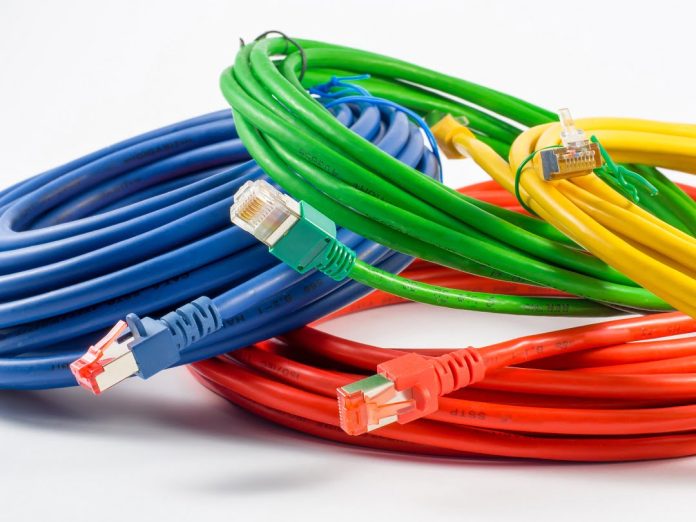SEN‘s title has never made more sense than it does today, as we see a continuing push towards what is going to be a revolution in networking.
One of the challenges of networking is working out just what developments we are going to see and when. Regardless of these questions, the future depends on the capacity of networks to carry our data – particularly bandwidth heavy video – and to deliver affordable digitised spaces.
There’s considerable speculation 5G as a pervasive networking technology but there’s uncertainly over exactly what 5G will turn out to be. Importantly, though, 5G is not the only point of interest in the networking conversation. There’s plenty more coming through – technologies like SD-WAN and Wi-Fi 6 may not have the glamour of 5G but they are going to hit much sooner, and you’ll know when they do.
Networking is expensive and development is slow – no one moves without a good reason. Growing drivers of investment in networks are an increased demand for operational efficiency and performance but it’s a mistake not to think cost reduction isn’t part of this, too. For larger organisations, the shift towards cloud also makes sense from the point of view of cyber security – it’s much easier to apply security protocols to a single cloud than to multiple silos, each independently managed and multifariously vulnerable.
While all eyes are on 5G, perhaps the networking technology that will have the greatest immediate impact on electronic security solutions will be Wi-Fi 6 or 802.11ax. This Wi-Fi upgrade offers a number of advantages including higher speed, greater efficiency and the potential for enhancements in the 6GHz band. Wi-Fi 6 has certain core strengths that mean more devices can be supported in a given space. The way this works is that subchannels use Orthogonal Frequency Division Multiple Access so each Wi-Fi access point can talk to more devices at once. Physically MIMO—Multiple In/Multiple Out means multiple antennas – it’s a distinct look – multiple antennas is what lets a router talk to multiple devices at the same time.
Using enhanced data encoding and creating wireless subchannels, Wi-Fi 6 can also cram more data onto the same waves and it’s 40 per cent more efficient than current technology, overs enhanced penetration of solid barriers and has a target wake time feature that means increased battery life for smart management devices and smart sensors, too.
Something else that’s going to feed into more efficient networks is machine learning, which is able to react to health changes across a network to maintain maximum efficiency. The ability to analyse network telemetry in real time in order to discover patterns of usage, bottlenecks, developing security threats, vulnerabilities and unexpected network behaviours is a very big deal.
Software-defined networking, or SD-WAN, is another building trend that’s going to change the way networks are managed, making them more efficient and less expensive to setup and manage. SD-WAN empowers networks to push traffic around on the basis of centrally-managed rules, regardless of network entry point, under an umbrella of complete security. SD-WAN has emphatic capabilities and will direct traffic using cloud-based services to their nearest data centre in order to reduce the cost and latency of all users transiting through a centralised data centre. Neat, too, SD-WAN network can be managed remotely by a small crew, which tweaks rules on the fly to meet evolving challenges.
Finally, there’s digitised spaces based on networking add-ons like geo-location. Electronic security suppliers at the cutting edge of technology are uniquely positioned to create and leverage digitised spaces but managing the business models with openness and integrity is going to be central to their longevity. It’s been shown by independent polling that security providers are considered to have above average levels of trustworthiness and this trustworthiness needs to be maintained, even as our business models become increasingly opaque.
It’s certain that security suppliers will increasingly be tasked with delivering digital data on movements, events, even the identities of people moving through spaces as part of their integrations. This is not unfamiliar ground for many electronic security solutions providers, but the power of our systems is increasing to such an extent careful management is required. For suppliers heavily involved in digitizing spaces, protocols will be beneficial to ensure privacy thresholds are not breached as we descend a technological slippery slope.
At the same time digitised spaces are going to enhance situational awareness and empower security managers and security teams in ways we’ve never seen before. Exactly how far geolocation will develop is going to be interesting, especially when it comes to internal spaces, where wireless access points and triangulation can be used to assess presence or behaviour. The same thinking needs to apply to CCTV solutions, which are increasingly able to identify individuals, as well as monitoring their behaviour.
These sorts of capabilities, supported by enhancements in networking, are going to define the future of security electronics.
#securityelectronicsandnetworks.com












